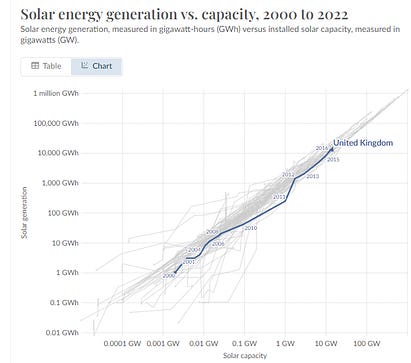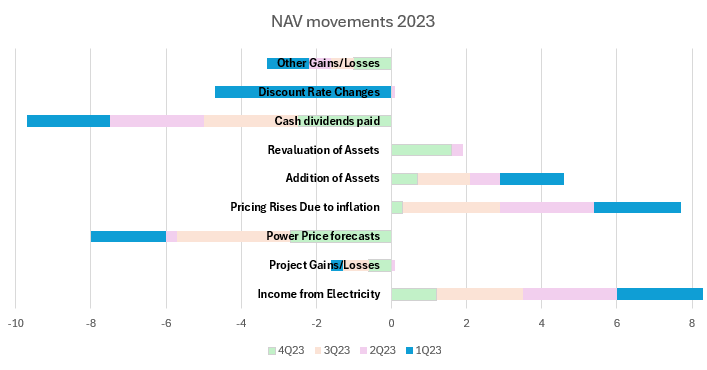Fourth interim dividend
For the year ended 31 March 2024
Schroder Real Estate Investment Trust (the “Company”) announces that the directors of the Company have declared a fourth interim dividend of 0.853 pence per share for the year ended 31 March 2024 on the ordinary shares of the Company.
The dividend payment will be made on 28 June 2024 to shareholders on the register at the record date of 14 June 2024. The ex-dividend date will be 13 June 2024.
The dividend of 0.853 pps will be wholly designated as an interim property income distribution (‘PID’).
UK Market Context
Since the recent UK real estate market cycle high of June 2022, average UK real estate values have fallen 25%, with the Company’s underlying portfolio value falling by 18% over the same period. This is a significant correction and compares with a 44% average market decline during the 2007 to 2009 global financial crisis (‘GFC’), and a 27% decline during the recession of the early 1990s.
Falling values and weak sentiment translated into a dearth of investment activity, with transactions in the final quarter of calendar year 2023 the lowest since the GFC. Furthermore, although debt levels in the real estate sector are low compared with the GFC period, lending for new acquisitions is the lowest since 2007 (Source: Bayes Business School). Low lending volumes also reflect the high cost of debt, with elevated interest rate swaps (five-year Sonia swap rate 4.1% as at 5 June) plus margin resulting in a total cost of approximately 6% for a good quality asset at a 40% loan to value ratio.
Given lower debt levels compared with past cycles, institutional investors are arguably more focused on the spread real estate offers over the risk-free rate, or the ten-year gilt. The MSCI Benchmark average net initial yield is now 5.2%, which compares with the net initial yield on the Company’s underlying portfolio of 6.1%. This is the highest MSCI Benchmark net initial yield since 2014 and represents a premium of 1.0% over the prevailing 10-year gilt rate of 4.2%.
This is below the long-term premium of approximately 1.5% to 2%, indicating a further increase in real estate yields, or a fall in gilt yields, might be required for the sector to represent ‘fair value’. However, this ignores the positive impact of rental growth on total returns, and in this respect the market is better placed now than in recent cyclical recoveries. For example, average nominal rents are now 6.6% higher than in June 2022, which compares with 3.4% lower over the equivalent 21-month period post-GFC. More materially, average industrial rents are now 12.9% higher than in June 2022, which compares with 0.1% post GFC. This performance illustrates both the structural factors that are driving demand for real estate in a market with relatively low levels of new supply, as well as the inflation-hedging quality of rental income.
Against this backdrop, market expectations that interest rates are peaking will be key to a recovery in sentiment towards real estate, together with increased availability of bank debt and reduced selling out of open-ended property funds.
The most significant and positive feature of the market is the above-average level of nominal rental growth, particularly for more structurally supported sectors such as industrial, retail warehousing, prime offices, and operational assets such as residential, self-storage and hotels. This rental growth, together with the potential for a future yield rerating, should going forward deliver total returns above the long run average, and lead to capital flows back to the sector. Our portfolio allocation and ongoing activity means we should be better placed to benefit from a recovery in sentiment.












